Being gifted in arithmetic and calculus is not something exclusive to humans. Carnivorous plants, pigeons, ants, macaques and even sharks turn to mathematics to ensure their subsistence.
Carnivorous plants that keep track
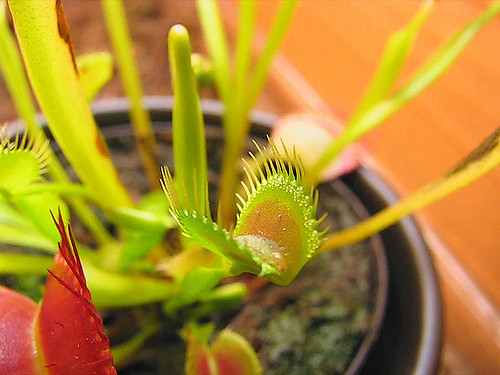
Knowing how to count is not only a useful skill if you are a thinking biped. For example, the Venus flytrap (Dionaea muscipula) calculates to decide when it’s worth catching a prey. This carnivorous plant, which only resorts to eating insects or spiders as its “plan B” when soil nutrients are scarce, has to think twice before capturing prey because the energy expense that this entails is very high. In order to decide without making mistakes, the plant counts the number of times a potential prey touches the hairy sensors on its leaves. A single brush of a hair has the risk of being a false alarm and is not enough to close the trap, but if a second contact occurs in less than 30 seconds, the jaws of the plant are closed and it begins to release jasmonate, a hormone that stimulates the production of enzymes to digest the prey. From that moment on, as the number of contacts increases, so does the quantity of digestive enzymes that are released.
Pigeons that sort from lowest to highest
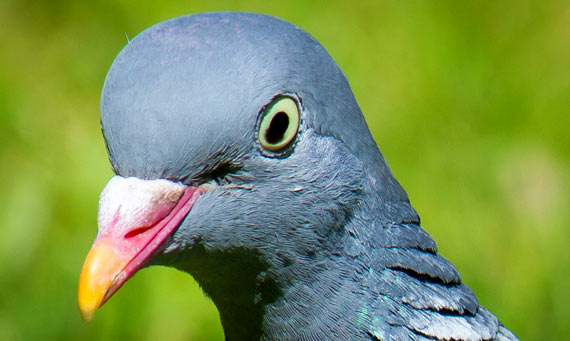
Despite their reputation for being dirty and clumsy, pigeons can count up to at least nine. This was demonstrated by Damian Scarg, of the University of Otago (New Zealand), in a study that was reported in the journal Science. What is surprising is that not only did they know how to count up to nine, but they were also able to apply an abstract rule – organize images on a screen according to the number of elements they contained, from lowest to highest, something that until then had only been observed in primates and humans. It remains to be seen how well they can count starting from number ten.
Fractals for marine predators
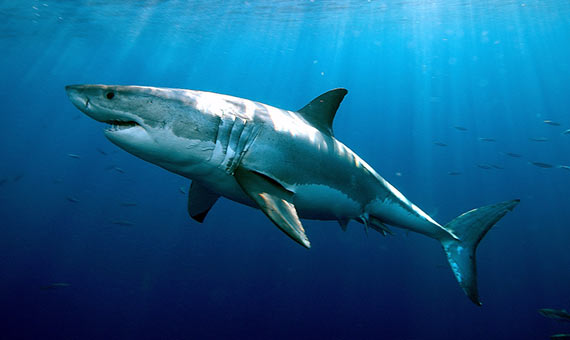
Fractal mathematics, with which Benoit Mandelbrot surprised the world in the 1980s, is not alien to either sharks nor swordfish. According to a British study published in the prestigious journal Nature in 2010, these marine predators follow a fractal pattern called Lévy flight motion, which consists in alternating a series of short random Brownian-type movements with others of a longer trajectory. This allows them to travel long distances in the shortest possible time and with the minimum expenditure of energy, and increases their chances of finding a prey to catch, according to the conclusions of the authors. The pattern of the Lévy flight also appears in many other species, from bees when they look for food to the hunters of the Hadza tribe in Tanzania.
Step-counting ants
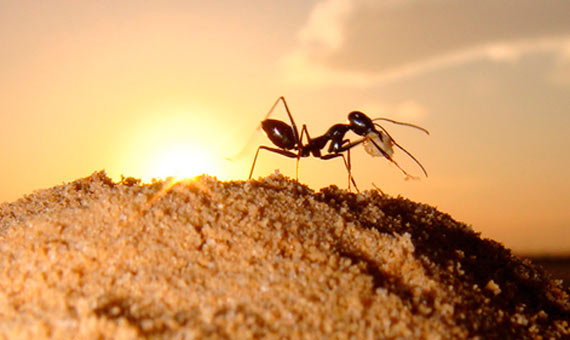
Desert ants (Cataglyphis fortis) have a built-in pedometer to ensure that they always find their way back home. German scientists from the University of Ulm discovered a decade ago that these insects have an internal pedometer integrated into their nervous system, which “resets” every time they return to the nest. Moreover, they have such well-measured steps that if their legs are shortened or enlarged, they make mistakes in estimating the distance travelled.
Plants that can divide

The most studied plant in laboratories around the world over the last forty years, Arabidopsis thaliana, can add a new milestone to its list of achievements – it has been discovered that it can divide. During the night, when there is no sunlight to convert carbon dioxide into sugars and starch, it has to measure out its starch reserves very carefully so they will last until dawn, and to do so it makes a fairly sophisticated arithmetic division, according to what scientists at the John Innes Centre in Norwich, UK have proven recently. To carry out its calculations the plant does not move the beads of an abacus, but rather it uses two types of molecules: the S (for starch) molecules, which report the quantity of this sugar available at the arrival of dusk, and the T (for time) molecules, whose concentration provides information on the time remaining until sunrise.
Birds that can count
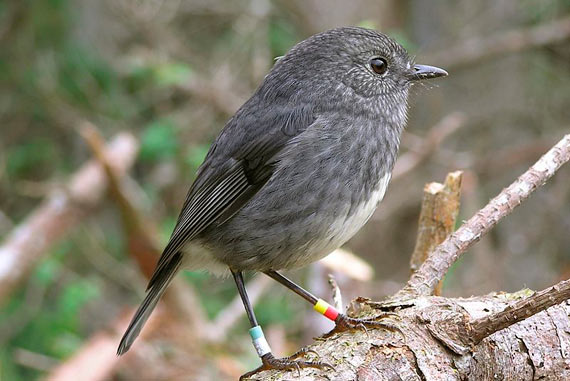
The arithmetic skills of the New Zealand robin (Petroica australis) are equally surprising. Scientists at the University of Wellington showed that if one of these birds is shown a box to which worms are added or removed, and then is allowed to enter the box where one of the worms has been hidden with a trapdoor, the Robin is not fooled and will keep on searching until it finds all the tasty snacks it has calculated should be in the box. Another species with counting skills is the coot (Fulica americana), which is able to keep track of how many eggs it has put in its nest.
Mental sums by macaques

Without needing to attend school, non-human primates dominate mathematics. Specifically, an experiment of the Center for Cognitive Neuroscience at Duke University (USA) revealed that macaques can do mental calculations and pass a test of nonverbal arithmetic. If one of these monkeys is shown on a screen two boxes containing different numbers of dots, and then two possible outcomes of the sum are offered, with a reward for getting it correct, the animal performs the calculations well in 76% of cases. Under the same conditions, the percentage of success for a college student is 94%. And both take the same time to answer: one second. The rate of success in mental sums for chimpanzees falls halfway: it is around 90%. Heredity from a common ancestor?
By Elena Sanz for Ventana al Conocimiento
Comments on this publication